Circa 2016 face_with_colon_three
Imagine if we could get to Mars in 40 days instead of seven months! It could happen if we used plasma rockets, which travel at 34 miles per second. But how do we make this a reality?
Circa 2016 face_with_colon_three
Imagine if we could get to Mars in 40 days instead of seven months! It could happen if we used plasma rockets, which travel at 34 miles per second. But how do we make this a reality?
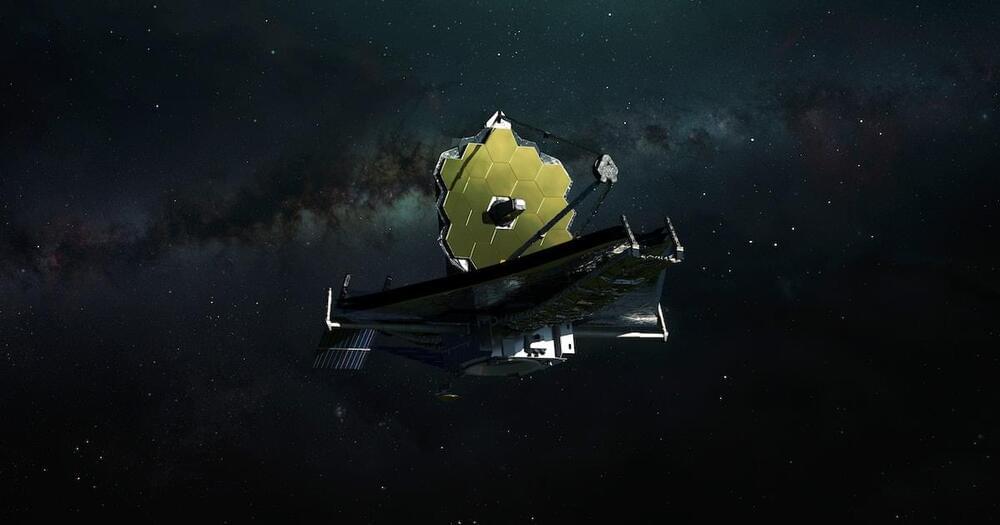

The number of laundromats in Japan has doubled over the past 20 years. This episode shows how new takes on the traditional business model are offering more choices to consumers and helping their owners to draw in new customers. [In Focus: Skepticism Looms Over Indo-Pacific Partnership]The US wants countries in the Indo-Pacific to form a new economic partnership. Washington hopes it will promote growth in the region while helping it gain influence. But some say the effort is more bark than bite. [Global Trends: ‘White Gold’ Rush]Lithium-ion batteries are increasingly being used in all kinds of products. And that means big business for South America, which is sitting on an abundance of lithium. Big changes are now coming to the region as companies rush to extract its ‘white gold.’
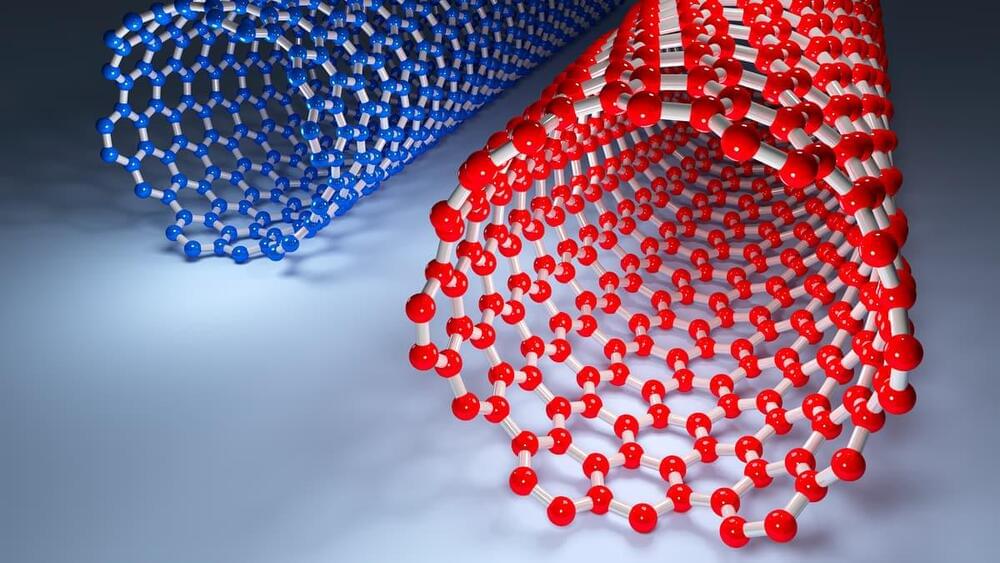
Engineers at EPFL have found a way to insert carbon nanotubes into photosynthetic bacteria, which greatly improves their electrical output. They even pass these nanotubes down to their offspring when they divide, through what the team calls “inherited nanobionics.”
Solar cells are the leading source of renewable energy, but their production has a large environmental footprint. As with many things, we can take cues from nature about how to improve our own devices, and in this case photosynthetic bacteria, which get their energy from sunlight, could be used in microbial fuel cells.
In the new study, the EPFL team gave these bacteria a boost by inserting carbon nanotubes – tiny rolled-up sheets of graphene, a material that’s famously conductive. The nanotube-loaded bugs were able to produce up to 15 times more electricity than their non-edited counterparts from the same amount of sunlight.
At the beginning of my research career around 15 years ago, any suggestion that a bee, or any invertebrate, had a mind of its own or that it could experience the world in an intricate and multifaceted way would be met with ridicule. As Lars Chittka points out in the opening chapters of “The Mind of a Bee,” the attribution of human emotions and experiences was seen as naivety and ignorance; anthropomorphism was a dirty word.
Pet owners eagerly ascribe emotions to their animals, but the simple brain of a bee surely could not experience the rich tapestry that is our existence. They are far too simplistic and robotic, right?
Lars Chittka has been researching honeybees for the past 30 years. “The Mind of a Bee” is a collection of his research stories. It also covers the influential figures in bee research and provides a historical perspective on the research that much behavioral work is built on today.
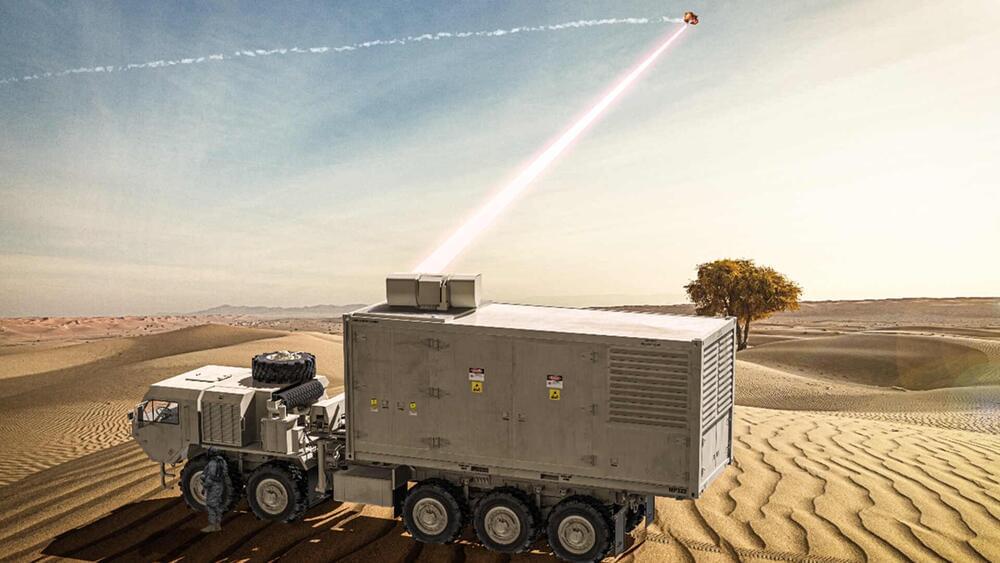
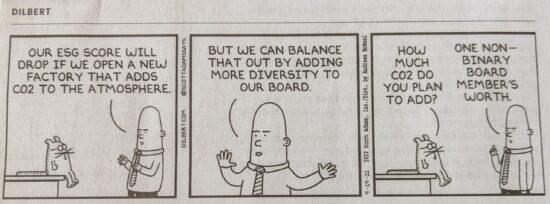
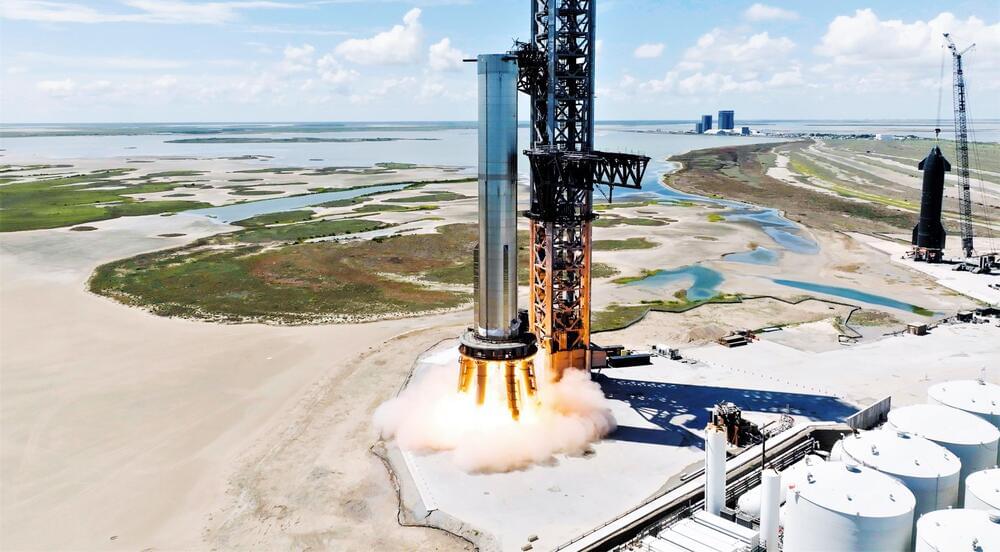
SpaceX has completed a record-breaking test of a Starship booster and rolled a newer Super Heavy prototype to the launch pad just hours apart.
Almost six weeks after SpaceX began Super Heavy Booster 7’s static fire test campaign, the company has broken new ground by simultaneously igniting seven Raptor engines at once. A matter of hours later, confirming SpaceX CEO Elon Musk’s plans in real time, the company transported a second Super Heavy prototype (Booster 8) from the factory to the launch pad, where it joined Booster 7.
According to Musk, those rockets will soon switch places, ensuring that no time is wasted while SpaceX continues to gradually work towards Starship’s first orbital launch attempts.
Anticipates mind uploading.
This week, we bring you a Tale by one of the lesser known greats of 1950s science fiction, Frederik Pohl. “The Tunnel Under the World” first appeared in Galaxy magazine in 1955, which Pohl himself would go on to edit from 1959 to 1969. His career spanned nearly 75 years and saw him win many awards for his writing, including novels and, shortly before his death, his blog. He won four Hugo awards and three Nebula awards, winning both for his seminal 1977 novel “Gateway”.
In this short story, Guy Burckhardt awakes after a horrible dream to find not everything in his small town is how he remembered it…
If you’d like to support The Well Told Tale, please visit us on Patreon: https://www.patreon.com/thewelltoldtale.
Books — (buying anything on Amazon through this link helps support the podcast):
Platinum Pohl: The Collected Best Stories — https://amzn.to/37BDKpj.
Gateway — https://amzn.to/3yG9xkP
Beyond the Blue Event Horizon — https://amzn.to/3CHqWfm.
I would like to thank my patrons: Toni A, Joshua Clark, Maura Lee, Jane, John Bowles, Glen Thrasher and Ruairi.